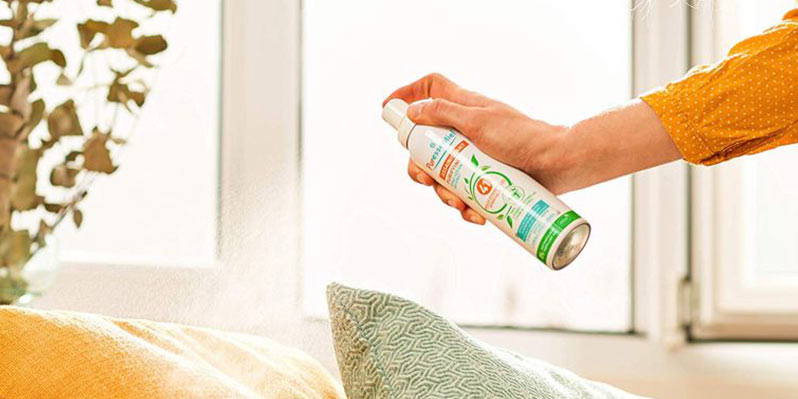There are many methods used by professional carpet cleaners when they are hired by clients, and it will often be the case that there are two carpet cleaning techniques that could be used at a particular location. The choice made will be based on the specifics of the carpet cleaning job, the types of carpets, and possibly even the budget of the client depending on which services they are prepared or able to pay for.
In most cases, it will be the advice of the professional carpet cleaner that will carry the most weight, and there are scenarios where that advice relates to whether steam cleaning carpets or shampooing carpets is the best option. There can be several factors that influence the choice as well as a consideration of the pros and cons of each of the carpet cleaning methods.
If you are reading this but unsure of what exactly shampooing or steam cleaning carpets entails, and would like more details on how each might be the right choice for your carpet cleaning needs, read on and we will seek to enlighten you.




